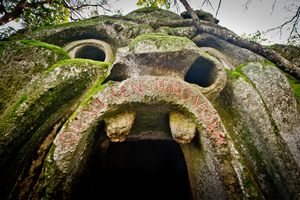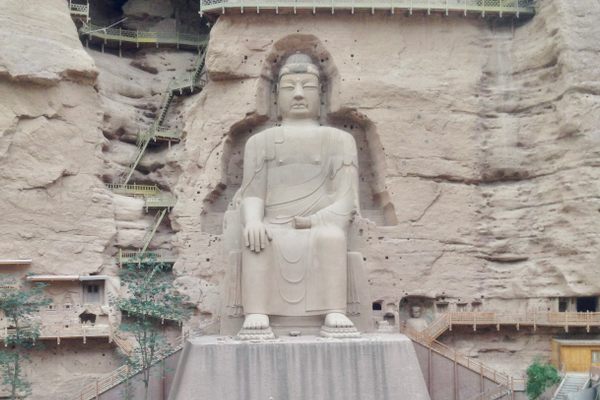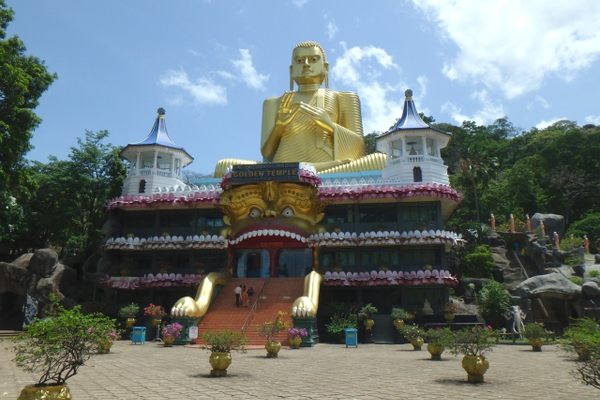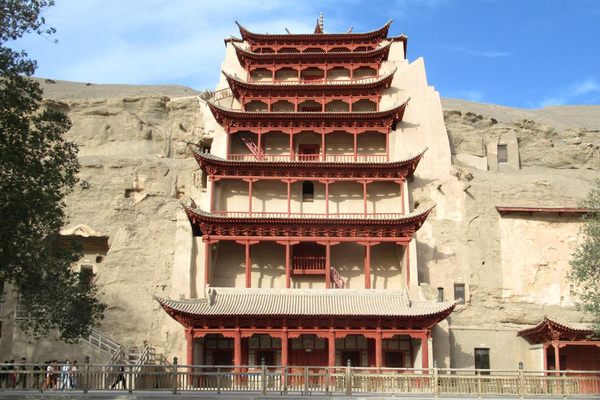About
Not far outside of the city of Ubud in Bali is a fantastical archeological site known as Goa Gajah, or "Elephant Cave," although visitors could be forgiven for finding this name confusing given the wild-eyed demon maw that serves as a front door.
The ill-fitting monicker comes from a complicated trickle down of translations relating to the temple cave throughout history that may have alluded to elephants at one point. However there does not seem to be any actual pachyderm imagery anywhere on the site. Instead the facade of the cave is carved into a surprisingly menacing devil's face with wide eyes staring over the doorway that acts as its screaming mouth. All around the monster's face is what seems to be a roiling sea of flames. Flanking the frightening frieze are smaller sculptures of creatures that have eroded with time.
Despite this terrifying entrance the cave is actually thought to have been a place of meditation and spiritual cleansing where religious offerings were left (and still are). While no one is positive of the original use of the space, it is speculated that the demon's face on the outside was actually meant to scare away evil spirits, not attract them. A large communal bath was unearthed nearby in the 1950's featuring tall statues of serene figures pouring water out of jars into the central bath. A far cry from the howling cave entrance.
Today the ornately unsettling cave can be visited and all those daring to pass through the demon's jaws can witness the cave's secluded quietude. Just don't think of elephants.
Related Tags
Know Before You Go
15,000 Rp
Community Contributors
Added By
Edited By
Published
November 5, 2013
Sources
- https://theworldtravelguy.com/goa-gajah-temple-elephant-cave-in-ubud-bali/
- http://www.balistarisland.com/Bali-Interesting-Place/Goa-Gajah-Temple.htm
- http://en.wikipedia.org/wiki/Goa_Gajah
- http://goseasia.about.com/od/bali/a/goa_gajah_bali_indonesia.htm
- http://www.balisurfadvisor.com/placesinterest/guagajah.html
- http://www.bali-indonesia.com/magazine/goa-gajah.htm
- http://balibushire.com/elephant-cave-temple.html
- https://eastbalitour.com/tour/ubud-waterfalls-tour/


































































